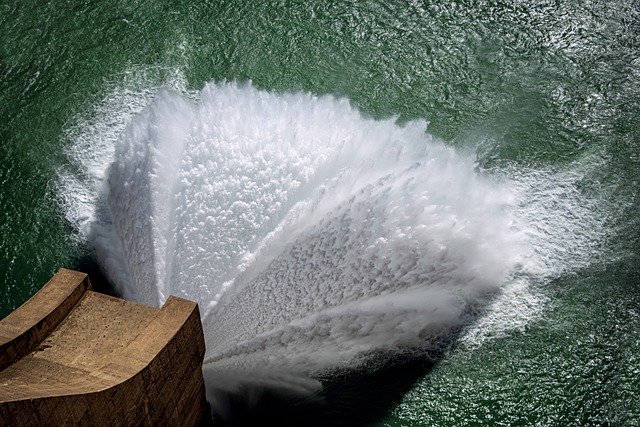This article focuses on the role and importance of Dams and waterfalls in the economy and agriculture of a country. The role of these structures will be explored, as well as the role of waterfalls as tourist attractions. In this article, you will learn the purpose of dams in Pakistan, how they are built, and the importance of waterfalls for tourism.
Why dams are important for a country
A country’s water supply is one of its most important assets, and dams are crucial to that infrastructure. But dams can also create environmental problems. Flooding can occur, and large amounts of water can be diverted from the river, changing its physical characteristics. Additionally, dams can kill large numbers of fish that pass through the turbines.
Engineers and scientists are trying to manage reservoirs and their releases to help minimize these problems. They’re calling this adaptive practice management.
Dams require a considerable investment to build. They also disrupt the livelihoods of the people who live and depend on the area affected. Dam environmental and socioeconomic impacts are often not fully assessed, and poorly planned dams can cause devastation. This is why countries need to be careful when building dams.
Dams can be constructed from a variety of materials. Some are made from earth and rock, and others from concrete and masonry. Many dams have multiple uses, and the water from a single reservoir can support various irrigation systems. Such dams are known as multipurpose dams.
The Role of Dams in Agriculture
There are several benefits of waterfalls and dams in agriculture. For one, they provide water for irrigation. In addition to that, they help stabilize soil and reduce erosion. They also have beneficial effects on rivers and fish populations. Waterfalls also provide a healthy environment for farmers.
Dams are used for irrigation, flood control, and even electricity. In addition to being useful for farming, dams and waterfalls are also important for navigation and transportation. In countries with large rivers, dams allow for easy access by ships and barges. For example, in China, the San-men Gorge dam prevents flooding and provides electricity.
Dams also contribute to the economy.
Many of them improve the agricultural productivity of small farmers while reducing the number of agricultural workers displaced due to flooding. However, these dams and waterfalls have many negative impacts as well. For example, dam construction and maintenance require significant human resources. Furthermore, they can affect ecosystem services such as fisheries, floodplain agriculture, and sediment transport. Thus, it is crucial to identify and manage the environmental impacts of large water infrastructures.
waterfalls that are the main attractions for the tour

Tourists can enjoy the beauty of nature and enjoy waterfalls. During the rainy season, many Waterfalls in Pakistan have foamy pools. This makes them great for bathing and massages. Visitors to the waterfalls can also enjoy picnics and swimming in the pool. However, it is important to remember that waterfalls can be crowded.
Falls are formed by flowing streams and rivers over ledges, usually, rock. Streams erode the soft rock below, creating the waterfall. This causes the water to plunge over a ledge called the fall line. The height of a waterfall varies, but the tallest waterfall is the Angel Falls in Venezuela. The Angel Falls plummets 979 meters into a canyon. The Gauja River tributary below is the source of the waterfall.
Waterfalls provide water for farming. They also provide fish with oxygen, which helps them breathe and live. Farmers can easily cultivate the land around a waterfall, allowing them to sell their crops locally. Moreover, the water is also used for domestic needs.
Conclusion
Waterfalls and dams are natural structures that use gravity to move water. Waterfalls are an excellent indicator of the health of an ecosystem. They also show human observers the presence of life nearby. In contrast, the dams and reservoirs used to create hydroelectric power are detrimental to the ecosystem’s health. Dams rob streams of their normal flow. Dams also cause reservoirs that drown life upstream and displace residents.
Dam safety professionals and community members should share information with the public to improve resilience. By sharing information and engaging the public, communities can more accurately assess risks and make informed decisions. This will help mitigate floods and other adverse effects of a dam failure while increasing the capacity of communities to respond.
The positive impacts of dams are well-known, such as flood control and irrigation, while negative impacts include the displacement of people and alteration of water and sediment flows. Dams also alter local ecosystems and can affect the diversity of plant species and ecosystems.
also read: https://thesafeinfo.com/top-10-beautiful-places-in-the-world/